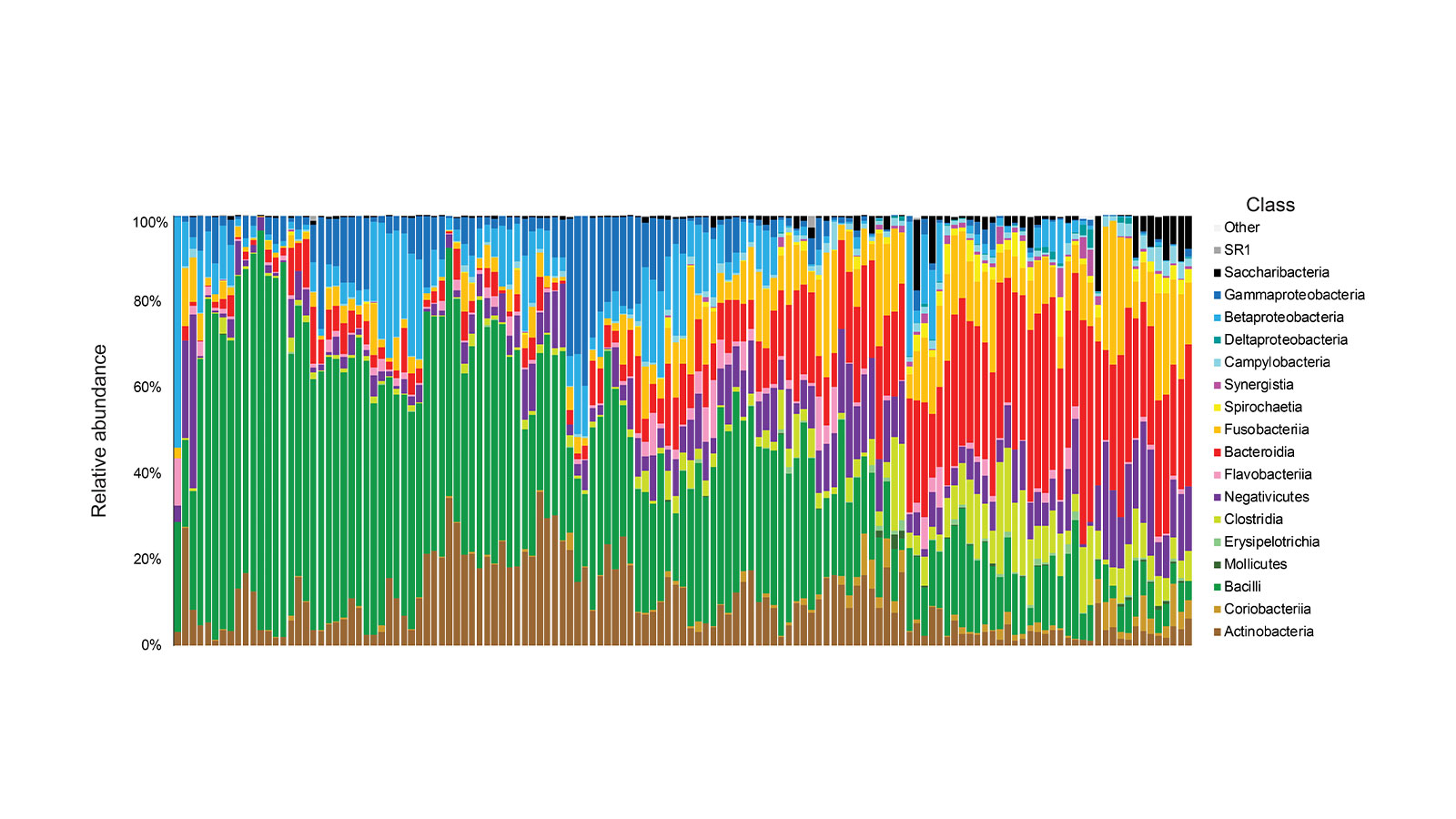Implant-associated infections triggered by bacterial biofilms are among the greatest challenges in modern medicine. To date, there is no effective therapy, as diagnosis of the infection is often only possible at an advanced, clinically manifest stage, when bacteria are already organized in a pathogenic biofilm and exhibit a high level of resistance. The basis for the development of new therapeutic strategies is, thus, the early detection of infection in order to be able to intervene at a prognostically more favorable stage.
In subproject B02, the aim is to decipher the molecular mechanisms that lead to peri-implant infections and to identify signaling patterns that can reliably indicate pathogenic biofilms at an early stage. For this, not only the composition of bacterial biofilms but also their activity plays an essential role. In this subproject, the biofilm structure (CLSM – confocal laser scanning microscopy), bacterial diversity (DNA sequencing) and bacterial activity (gene expression) in pathogenic biofilms from clinical samples of a large patient cohort will be investigated and correlated with clinical-pathological manifestations. This will provide new insights into the molecular mechanisms leading to the formation of pathogenic biofilms and subsequent peri-implant infections. The results will serve the development of novel diagnostics for the reliable detection of pathogenic biofilms at an early stage and provide valuable information for a future personalized therapy of implant-associated infections.




